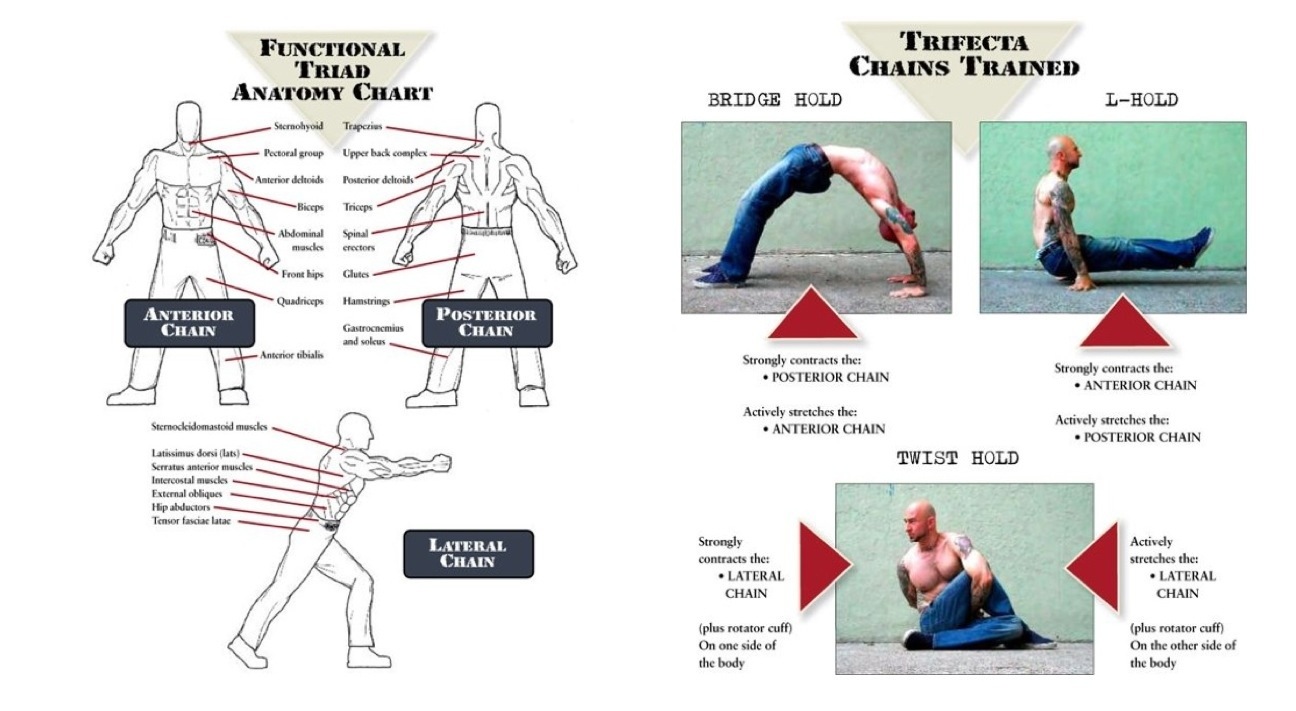I'm starting a thread about calisthenics, especially for those on a budget, older with weaker joints, or simply living in a city apartment with limited space.
Personally, I'm an older guy in my mid-50s, no longer as flexible in the joints as I used to be. I also did martial for years when I was younger, so perhaps calisthenics and the max 50kg weights I have in my little apartment are enough for now. Hanging rings from the ceiling are not an option for me, but I do have Lebert bars.
Feel free to share your tips, techniques, etc.
Personally, I'm an older guy in my mid-50s, no longer as flexible in the joints as I used to be. I also did martial for years when I was younger, so perhaps calisthenics and the max 50kg weights I have in my little apartment are enough for now. Hanging rings from the ceiling are not an option for me, but I do have Lebert bars.
Feel free to share your tips, techniques, etc.


